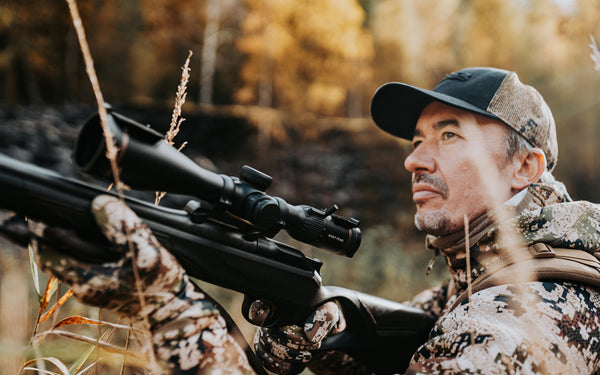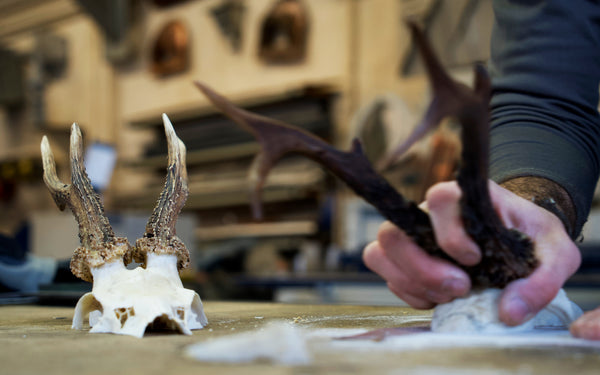ON FARMERS, HUNTING AND SAVING WILDLIFE WITH DRONES
Photo: Vincent Prétôt (@pretothunting)
Hunting is an exciting and challenging activity that requires skill, patience, and endurance. However, when faced with hot weather conditions, it can become even more demanding. Hunting under scorching sun can quickly exhaust you and increase health risks. In this article, we will share with you some tips to help you enjoy your hunting trips even in extremely hot conditions.

The place where I live is a strong cheese producing region. There are dairy farms everywhere with big extensions of grass that are covered with 50 cm to 1 m of snow every winter. And cows need to be fed all year round… Farmers must hay and stock when the weather is fine for they need to have enough daylight hours and no rain to dry it before stowing.
Haying is happening earlier and faster each year (now from mid May to mid July) as global warming is durably changing the weather. Snow is less abundant in winter, spring starts earlier and grass grow faster, for farmers starts earlier than in the 90’s. The country farming policy also changed the size of the farms. Where once we had many small owners scattered in the hills, we know have greater ones, with more cows, and more land, regrouping all the small businesses they cannibalized to survive. This involve the use of bigger tractors, larger grass harvester and more efficient technology that accidentally (and inevitably) chop roe deer fawns on their way… It not only leads to scary and not-nice-to-handle situations but also brings consequences including sickening cattle from debris eating and a stressful, psychologically shaking experience on farmers.
We had to do something. And we could.

How does it work
Female roe deers give birth in high grass places and leave their babies there for a few days –only coming back and forth for milking them– just when farmers need to hay. That is why inspired in Switzerland and Germany using thermal imaging camera technology on drones to localize fawns and protect them before machines turned on.

We first worked with the Hunting Society in our area and started to advertise our service with flyers and stickers with my mom’s phone on them. We got several calls straight away.
We usually start around 4:30 in the morning –we need max contrast between grass and fawn temperature– and fly our drone until we see the red little spots on a big black area that show where the fawns are.


Once spotted, we guide one of us there with a wooden box, two pegs and a flag. This is not easy for they are so small, so slim, tinier than a cat, rounded up and hidden in the grass… Really tricky to see. And you move forward, and forward and suddenly your earbuds scream: “Right between your feet!!”. It's really crazy.
Then your protect them with the box, fix it to the ground with pegs –to avoid them jumping and moving–, put a little bit of grass on top to protect from sun and heat and the flag to signalize.
With this the farmer will leave around 2 square meters around when haying and release the fawns after finishing. I wish we could do it but we have our own jobs and farmers love doing it becoming best advertising managers ever when sharing pictures with other farmers.

We all win
Farmers are happy to witness how mothers get their little fawns back. And mothers will not come back if anyone touches their babies. Not having contact is really mandatory. We are used to seeing people posting pictures picking them up, but avoiding contact is definitely better.
We hunters are glad to avoid suffering and promote growth population. Many people say we save them now to kill them in fall… And it’s actually true. I might have hunted some of the ones I saved… But I’d rather use mi shotgun than knowing they suffer under a machine.

There might still be people not understanding us, but I invite them to come to end the roe kids suffering themselves when this happens. It is important that we all understand. We hunters are involved in preserving species, helping farmers and creating community. It’s a win win for all. And we do it 100% for free.




